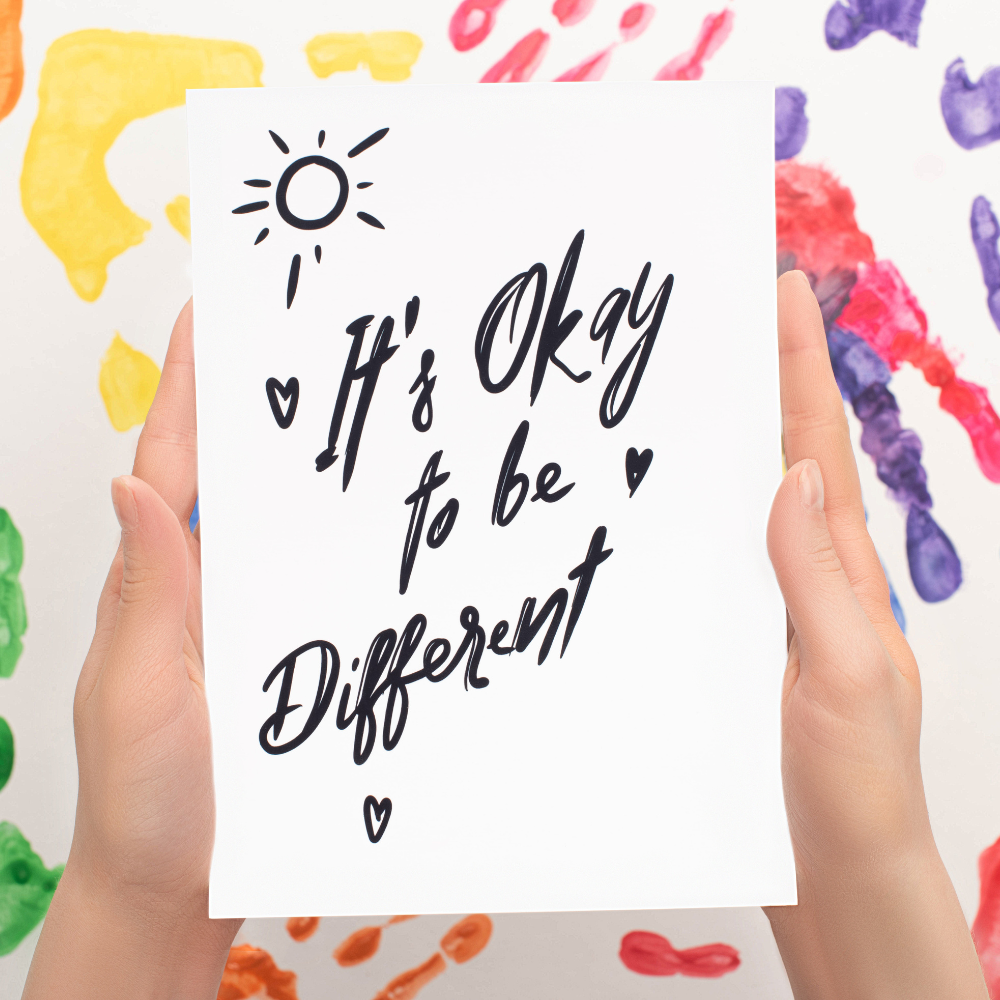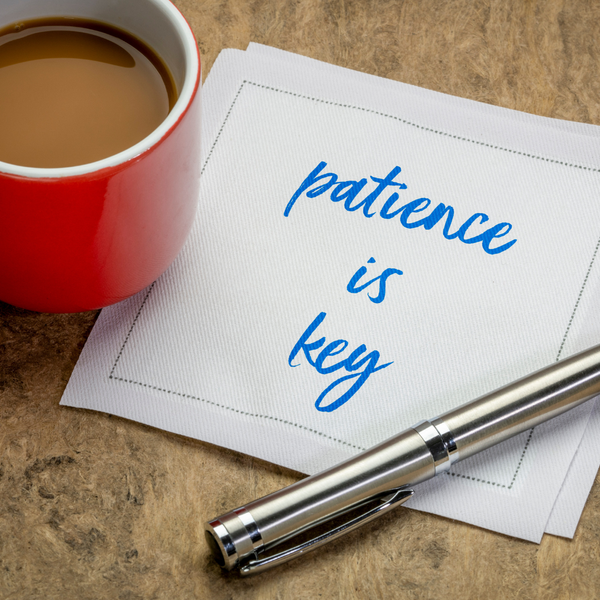Are you the one who doodles during lectures?
Or do you see colors everywhere?
Do you feel like your thoughts move faster than other people's or that numbers give you strength and clarity?
If so, then rejoice in knowing that these are all powers given to us by neurodiversity – a term used to describe varied neurological wiring within humans.
Every mind approaches creativity and expression from a different perspective and it’s time we embraced our differences!
Creativity is a wonderful gift that can fuel works of art, books, or scientific breakthroughs.
Everyone has expertise and skills in their own way; for some people, this means having a different brain; one that sees the world differently than most.
Neurodiversity is an emerging topic that explores how all of our brains work differently and the ways in which this affects creativity.
It encompasses many diagnoses such as autism spectrum disorder (ASD), attention-deficit hyperactivity disorder (ADHD), dyslexia, dyspraxia, Tourette syndrome, and more.
These conditions can provide unique perspectives not found elsewhere—perspectives that lead to modifications in existing approaches resulting in increasing focus on problem-solving abilities instead of deficits due to diagnosis.
Through this post, let’s take a closer look at how neurodiversity affects our creativity: what it means, how to use it, the benefits of being “different," and finally some tips on embracing diversity for any artist regardless of their skill level.
We've observed how neurodivergents often have incredible insight into problems that can be difficult for others—and this could be the key to unlocking untapped sources of inspiration.
Many neurodiverse individuals have unique ways of thinking, processing information, and communicating their ideas, which can lead to outstanding artistic output.
Neurodiversity brings forth divergent thinking, which is vital for creativity. It allows us to see things from a different angle and find unconventional solutions to problems.
Let's dive headfirst into the vibrant world of neurodiverse creativity.
Buckle up, because this ride is about to get extraordinary!
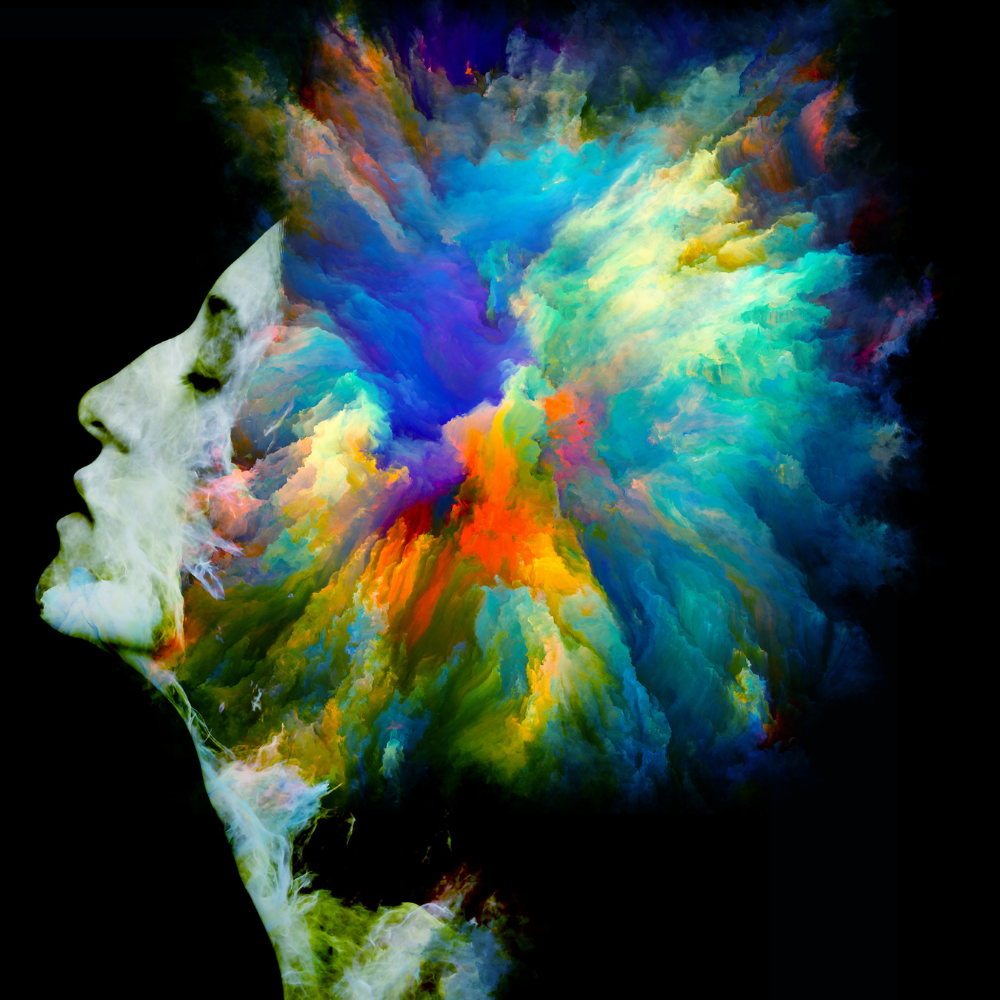
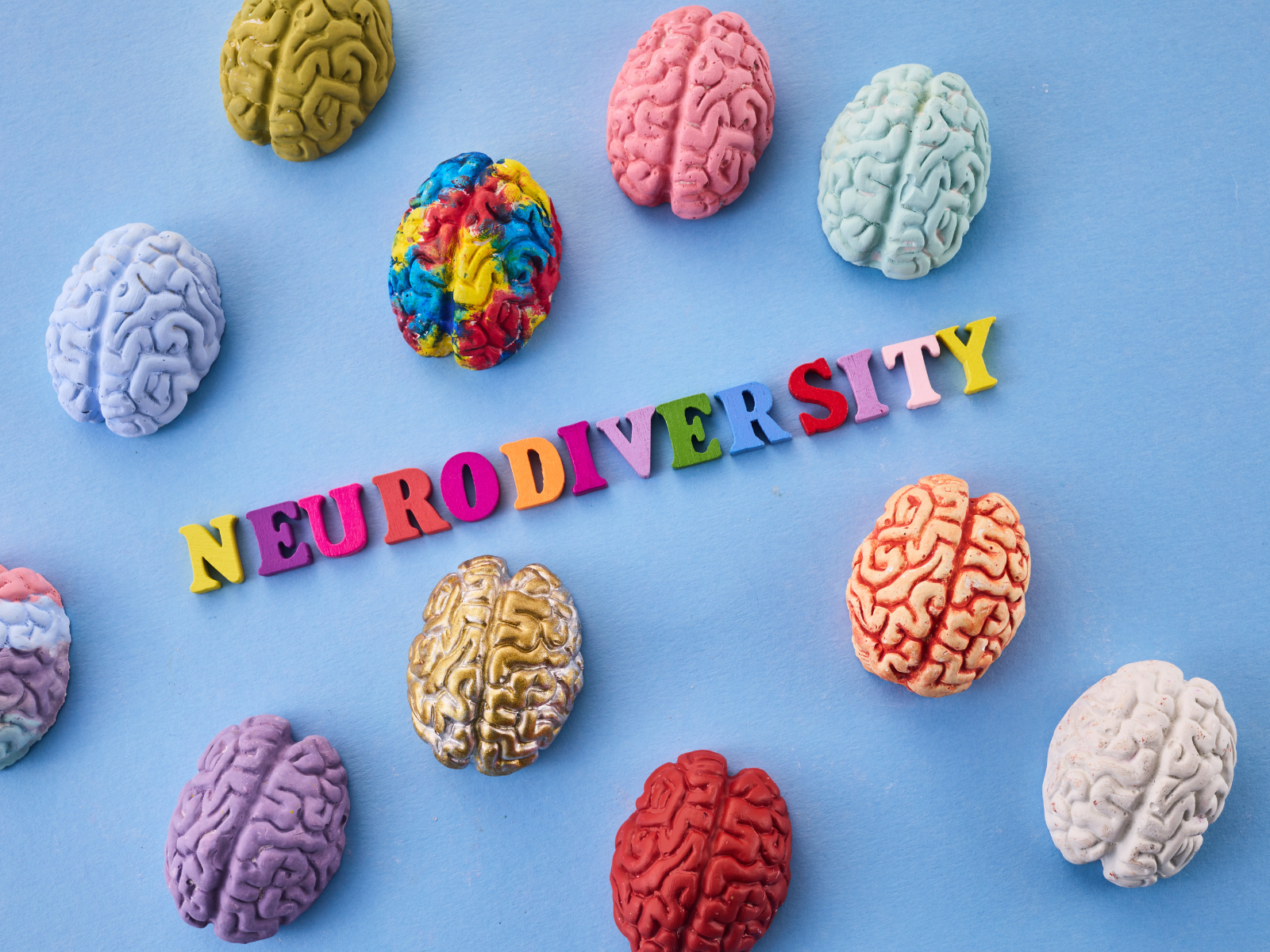
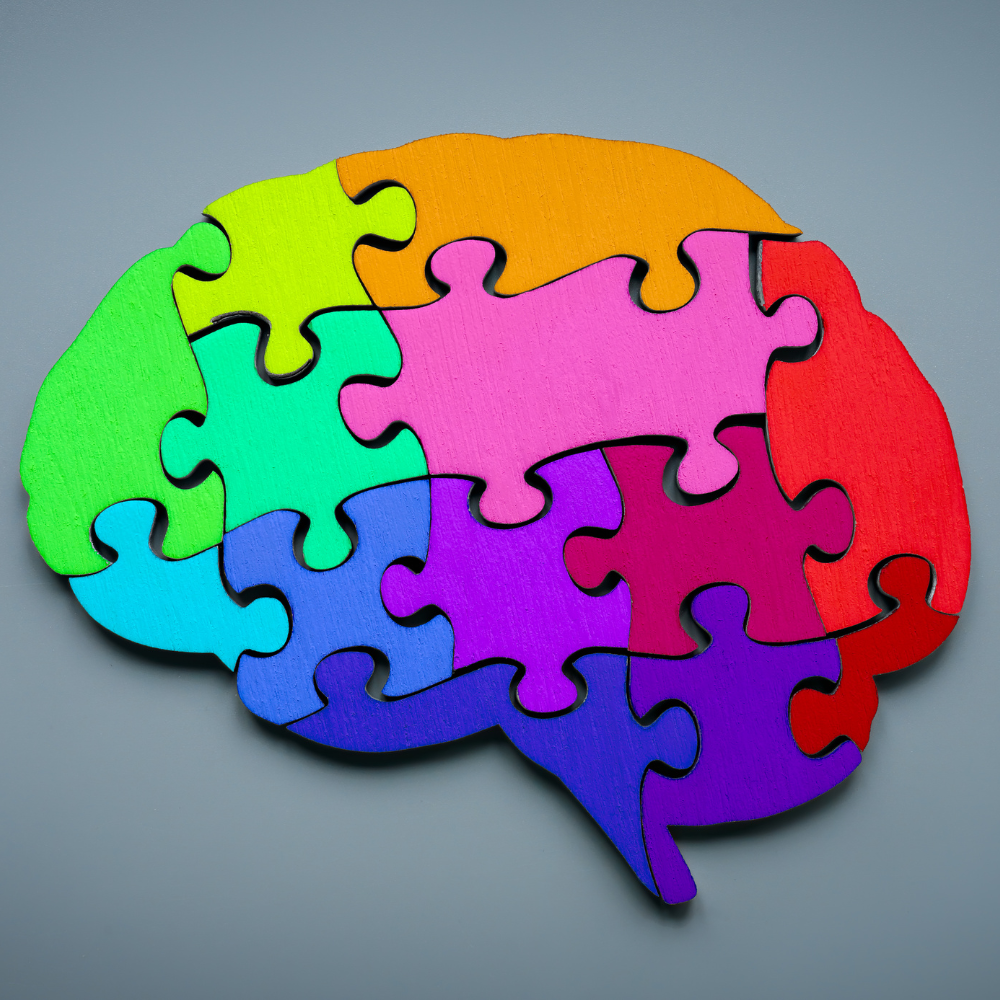
Unraveling the Tapestry of Neurodiversity
Neurodiversity refers to the natural and neurological variations in human brains; this concept recognizes and respects the diversity of the human brain.
It's a term coined to describe the variation in cognitive functioning and psychological traits of individuals; people can be neurotypical or neurodivergent, depending on whether they possess neurological traits considered "normal" or "atypical."
It recognizes that each individual has unique abilities, strengths, and challenges due to their brain's wiring and functioning.
Neurodiversity is like a buffet of brain types, and it suggests that neurological differences are simply variations in the human genome.
These differences can lead to unique ways of thinking and perceiving the world.
Neurodivergent individuals are those who have atypical neurological differences, which can include differences in perception, attention, cognition, and social interaction.
Indeed, neurodiversity challenges the traditional view of normal brain function and embraces the idea that there is no one "normal" way for our brains to work.
Some of the most common types of neurodiversity include ADHD, autism, dyslexia, and Tourette's syndrome, among others.
The concept of neurodiversity also highlights how these differences can bring valuable perspectives and abilities to society.
While these differences can pose some challenges in daily life, they also come with unique strengths that can be leveraged in creative endeavors.
For instance, individuals with ADHD might have a mind that races with ideas, leading to innovative and out-of-the-box thinking.
Those on the autism spectrum often display intense focus and attention to detail, which can translate into intricate artwork or complex musical compositions.
And individuals with dyslexia, while they may struggle with traditional reading and writing, often excel in spatial reasoning and problem-solving, making them exceptional at 3D design or architecture.
Neurodivergents often have an exceptional ability to hyperfocus on one task or interest, leading to great depth of knowledge in their specific area of expertise.
This intense focus can result in passionate and innovative work that stands out from the crowd.
It's important not to view neurodiversity as a disorder or something that needs to be "fixed."
Instead, it should be celebrated and embraced as a unique way of thinking that can bring new perspectives and creative solutions to the table.
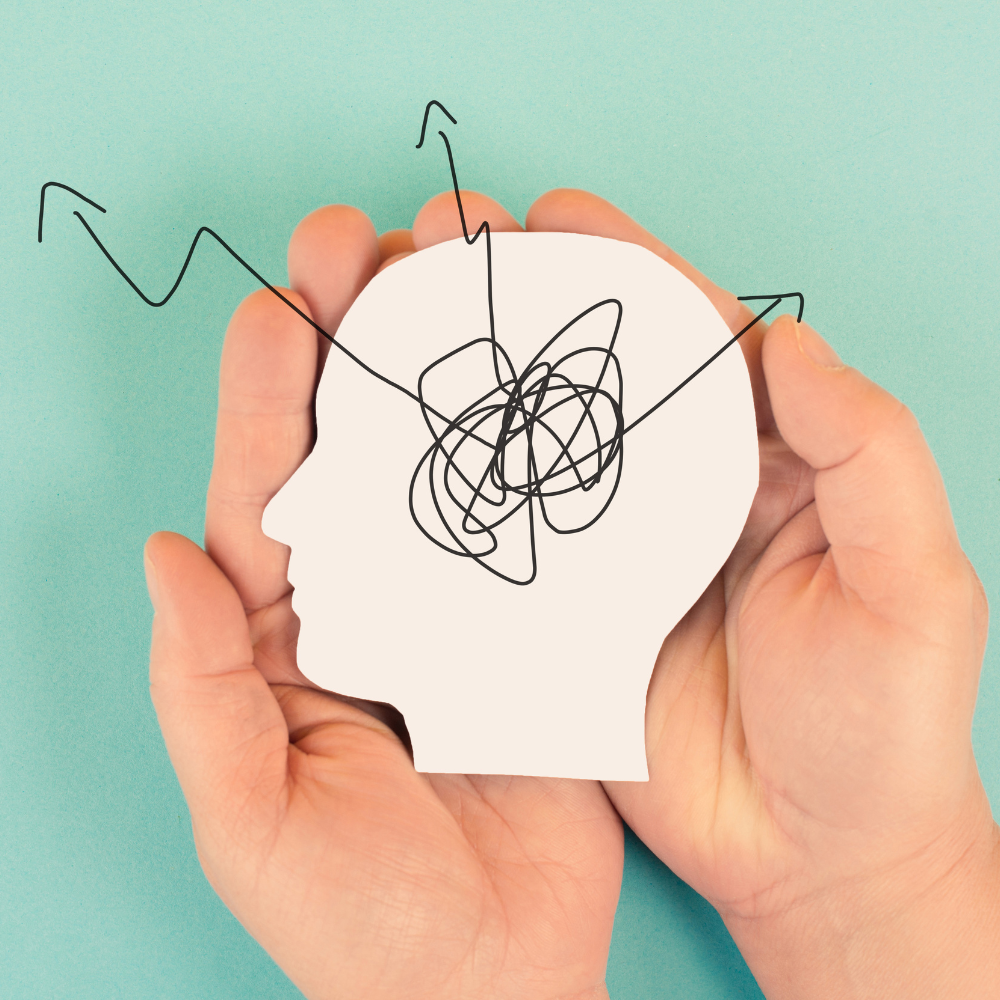
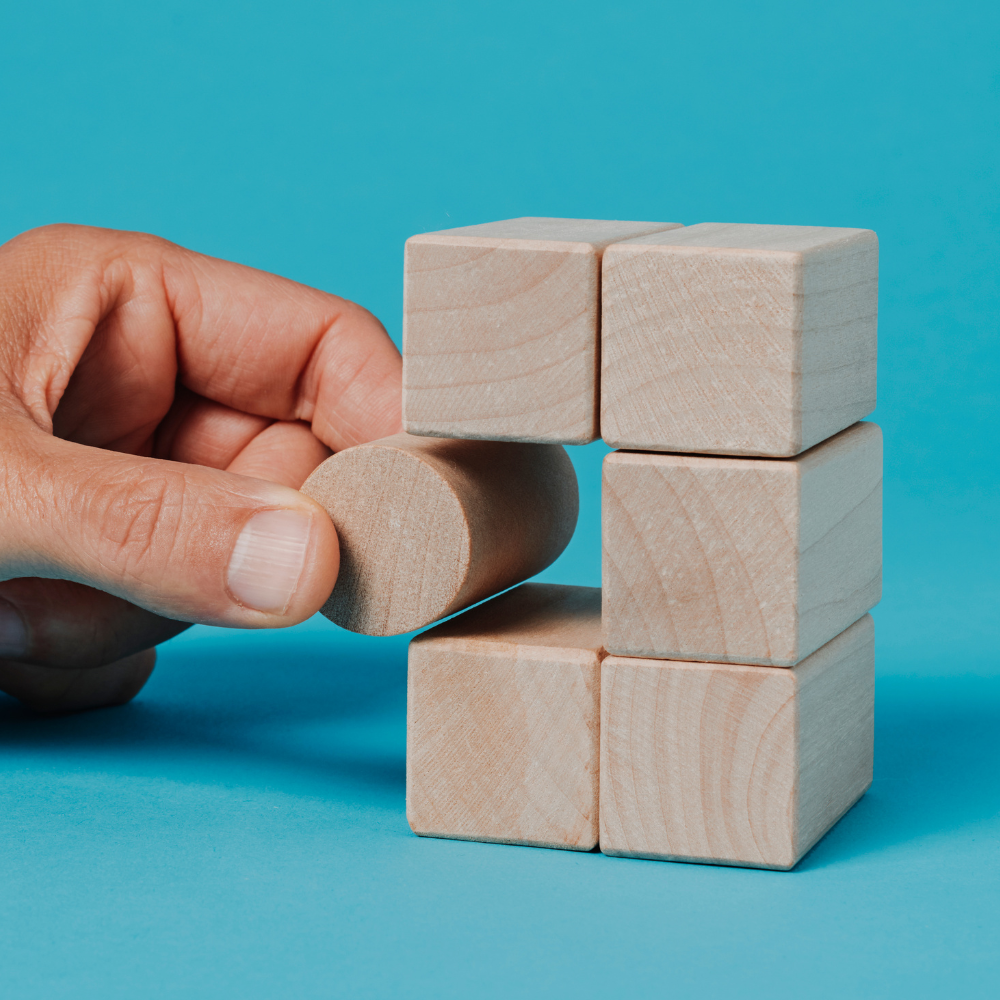
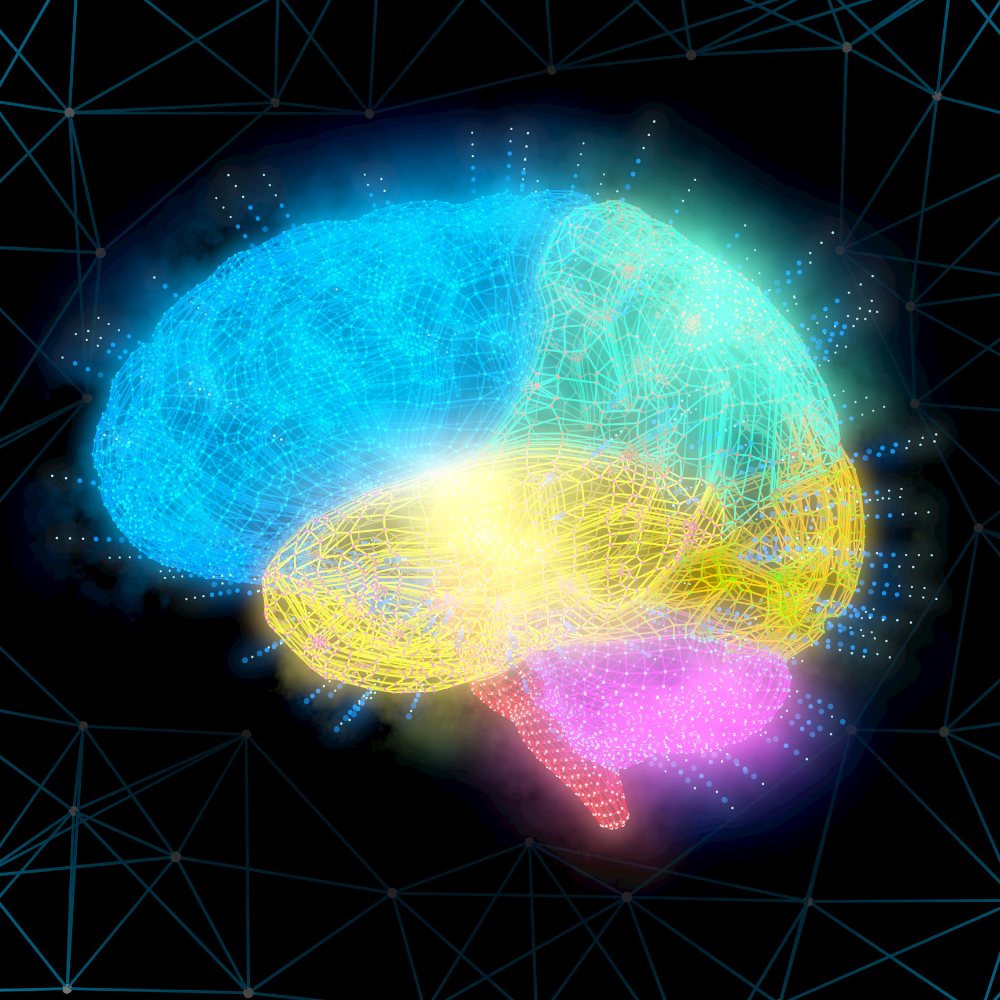
Types of Neurodiversity
As previously mentioned, neurodiversity encompasses a broad range of neurological differences and mental health conditions.
There are genetic and environmental factors, as well as the possibility for brain injuries and mental illness that can lead to neurodiversity.
That being said, neurodivergent people often share certain characteristics and experiences due to their neurological differences.
Here are some of the most common types of neurodiversity and how they can positively impact creativity:
- Autism Spectrum Disorder (ASD):
Individuals with ASD often have heightened sensory experiences, leading to an intense focus on details and patterns.
This can translate into exceptional artistic abilities, such as a talent for creating intricate designs or music.
- Attention-deficit/hyperactivity disorder (ADHD):
Individuals with ADHD, or attention deficit disorder, often have racing thoughts and a hard time filtering out distractions.
While this can be challenging in some situations, it can also lead to unique and innovative ideas.
For example, individuals with ADHD may be able to see patterns or connections that others may miss.
- Dyslexia:
People with dyslexia often have difficulties with reading and writing, but they also tend to have strong visual-spatial skills.
This can be incredibly beneficial for creative pursuits such as painting, sculpting, or even architecture.
- Dyspraxia:
Individuals with dyspraxia often struggle with fine motor skills, coordination, and spatial awareness, but they may excel in areas such as dance or music.
Their unique perspective on movement and rhythm can lead to unconventional and impressive performances.
- Tourette syndrome:
People with Tourette syndrome have tics that are difficult to control, but this does not affect their creativity.
In fact, many individuals with Tourette's are highly creative and have used their tics as a source of inspiration in their work.
- OCD:
While OCD (obsessive-compulsive disorder) can be challenging to manage due to repetitive behaviors, it can also bring about a strong attention to detail and perfectionism.
This can lead to exceptional work in fields such as drawing, graphic design, or music production.
- Bipolar Disorder:
Individuals with bipolar disorder may experience periods of intense creativity during manic episodes.
Their racing thoughts and high energy can lead to an outpouring of ideas and artistic expression.
- Dysgraphia:
Dysgraphia is a learning disorder that affects writing and handwriting abilities.
However, this does not mean that individuals with dysgraphia are not creative.
In fact, they may excel in visual arts or storytelling through mediums other than traditional writing.
These are just some of the many different types of neurodivergent brains.
Neurodivergent brains can result in developmental coordination disorder, intellectual disabilities or struggles, unique brain functions, and learning differences, among others.
While these may present challenges in some areas, they also bring about valuable strengths that can contribute to creativity and innovation.
It's important not to see neurodiversity as a limitation but rather a unique perspective that offers a new way of thinking and problem-solving.
It's also essential to recognize that these neurodiverse traits are not limited to just one condition.
Many people may exhibit characteristics of multiple neurodivergent traits, leading to a unique blend of strengths and challenges.

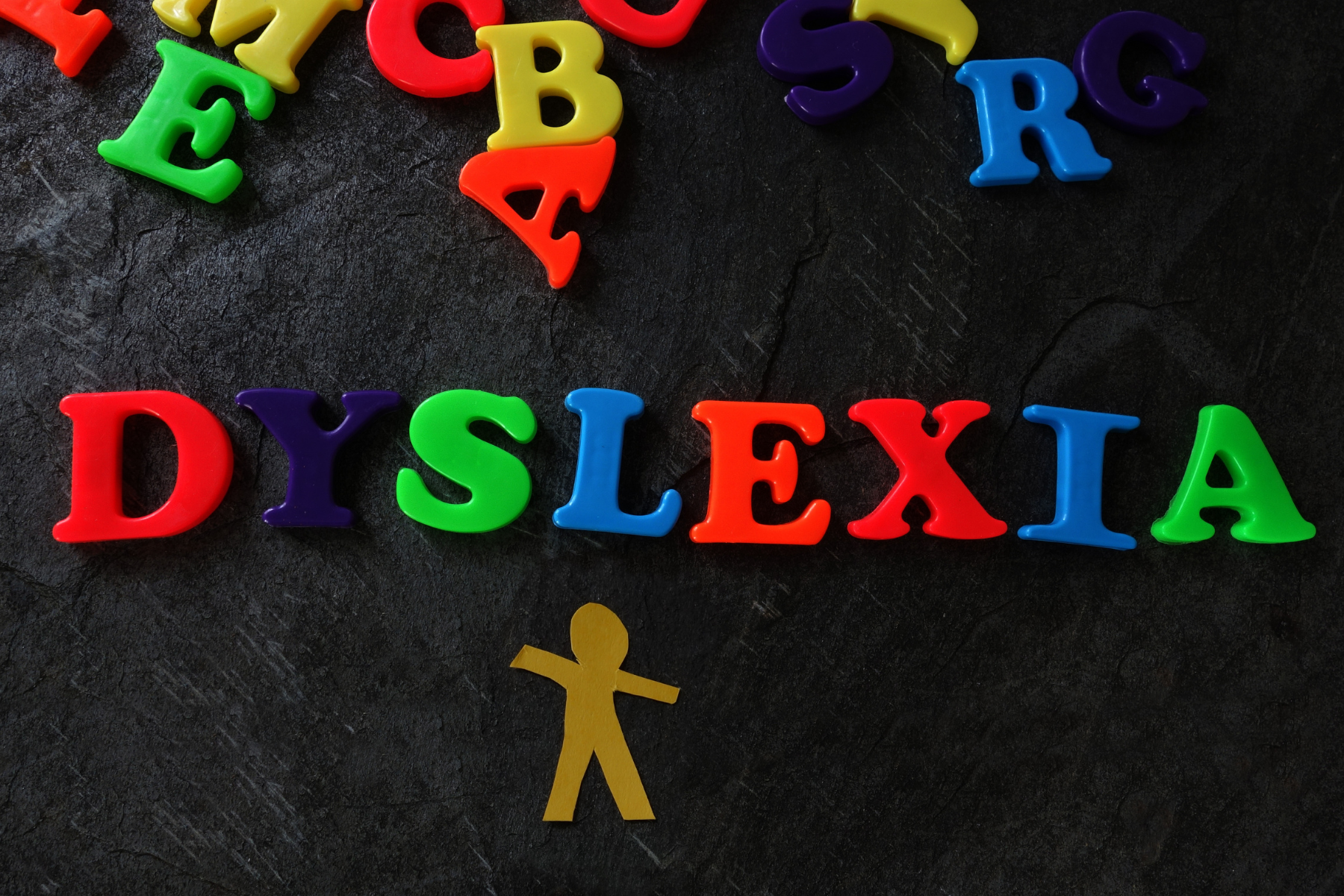

Neurodiversity and the Creative Process
Now that we have a better understanding of neurodiversity and its different types let's explore how it can influence the creative process.
Neurodivergent individuals may experience creativity differently than neurotypicals, often having a more fluid and less structured approach to generating ideas.
Their spontaneity, non-linear thinking, and ability to see things from different perspectives can lead to novel and original works of art.
Moreover, neurodiverse artists may find unconventional ways of expressing themselves, such as through abstract or surrealist art, experimental music, or non-traditional writing styles.
Their rich and diverse experiences can also inspire works that touch on themes such as identity, diversity, and social justice.
Neurodivergents may also use their art as a means of communication, expressing thoughts and emotions that they struggle to convey verbally.
In contrast, neurotypical individuals may have a more structured approach to creativity, often following traditional techniques and methods.
However, this does not mean that their work is any less creative or valuable; it simply shows how different brains can approach the creative process in unique ways.
The key is to embrace and celebrate these differences, recognizing that there is no one "correct" way to be creative.
So, what does all this mean for you as a creative person?
First and foremost, it's crucial to recognize that creativity doesn't have a one-size-fits-all definition.
What works for some artists may not work for others, and that's perfectly normal.
Embrace your neurodiversity, whatever it may be, and explore how it can inform and elevate your art.
Don't be afraid to experiment, take risks, and challenge conventions.
Trust your intuition and allow your unique vision to shine through.
Moreover, it's essential to create an inclusive and supportive environment that nurtures your creativity.
Seek out communities and resources that celebrate neurodiversity and offer safe spaces to express yourself.
Surround yourself with people who appreciate your art and understand your perspective.
Don't let anyone label you as "weird" or "broken" - you're simply different, and that's a strength, not a weakness.
Keep exploring, keep creating, and keep being you.
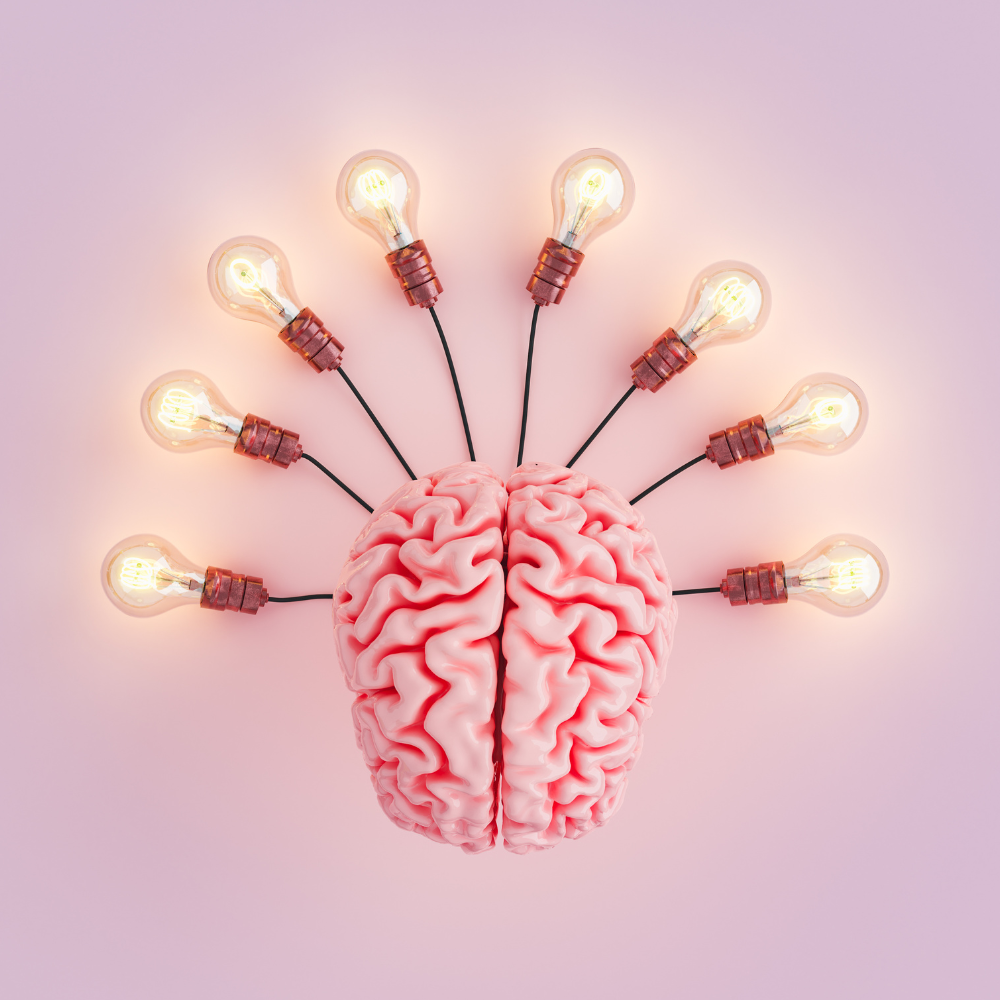
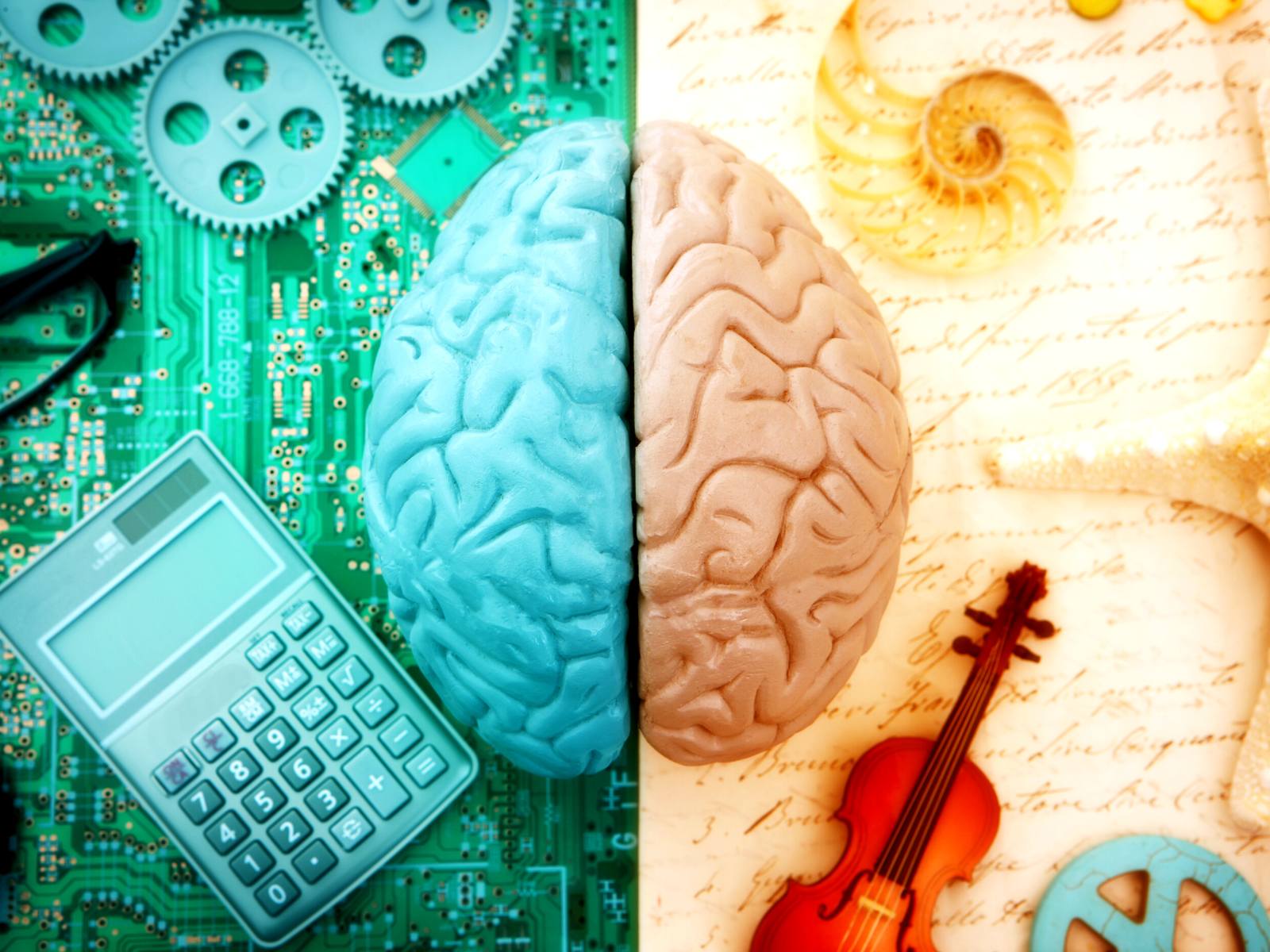
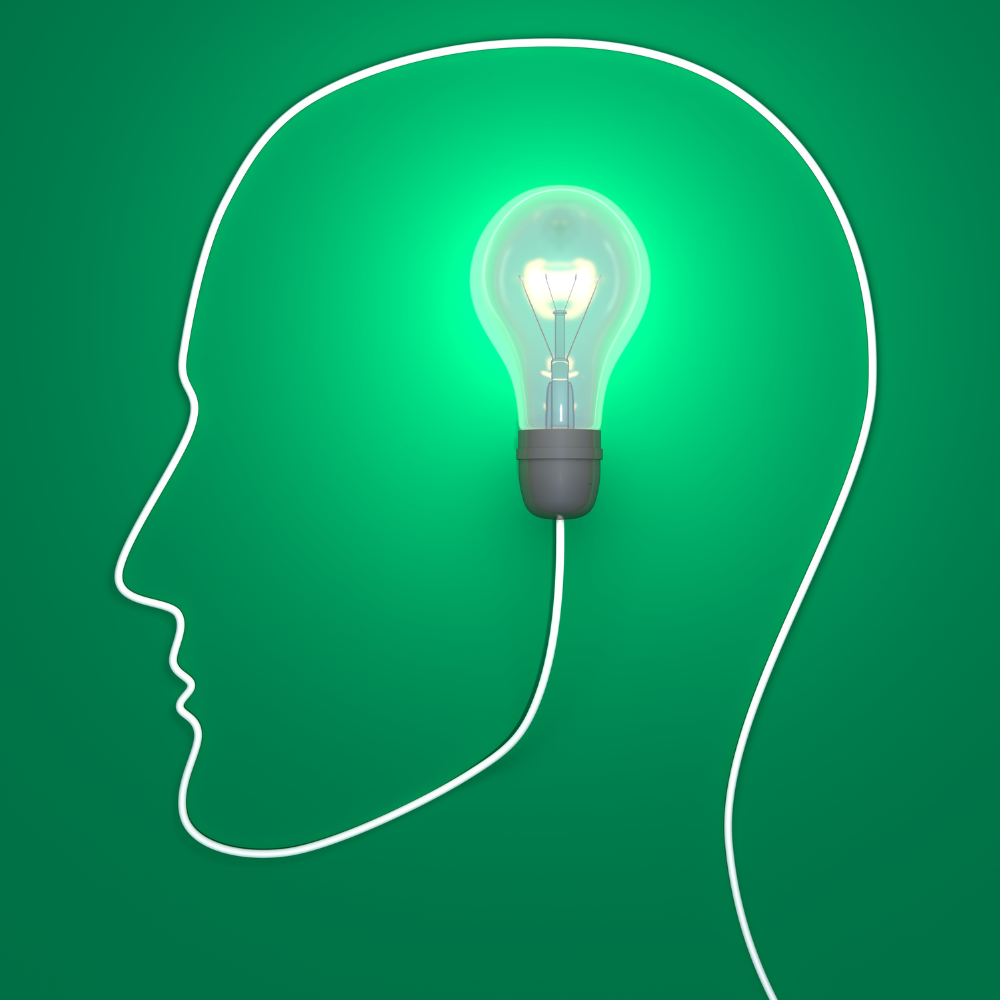
The Benefits of Being "Different"
Embracing neurodiversity comes with several benefits, particularly in the creative realm.
Here are just a few ways in which being neurodivergent can enhance your creativity:
- Unique Perspectives: Neurodivergent individuals often have a unique perspective on the world, leading to fresh and original ideas.
- Innovative Solutions: Neurodiversity can lead to out-of-the-box thinking, resulting in unconventional and innovative solutions to problems.
- Passion & Intensity: Many neurodiverse individuals are incredibly passionate about their interests, often pouring all of their energy into their creative pursuits.
- Hyperfocus: Neurodivergents may have the ability to hyperfocus on one task for extended periods, leading to exceptional depth of knowledge in a specific area or skill.
- Resilience: Living with neurodivergent traits can bring about many challenges and struggles. However, it also fosters resilience and the ability to overcome obstacles, making for a strong and determined artist.
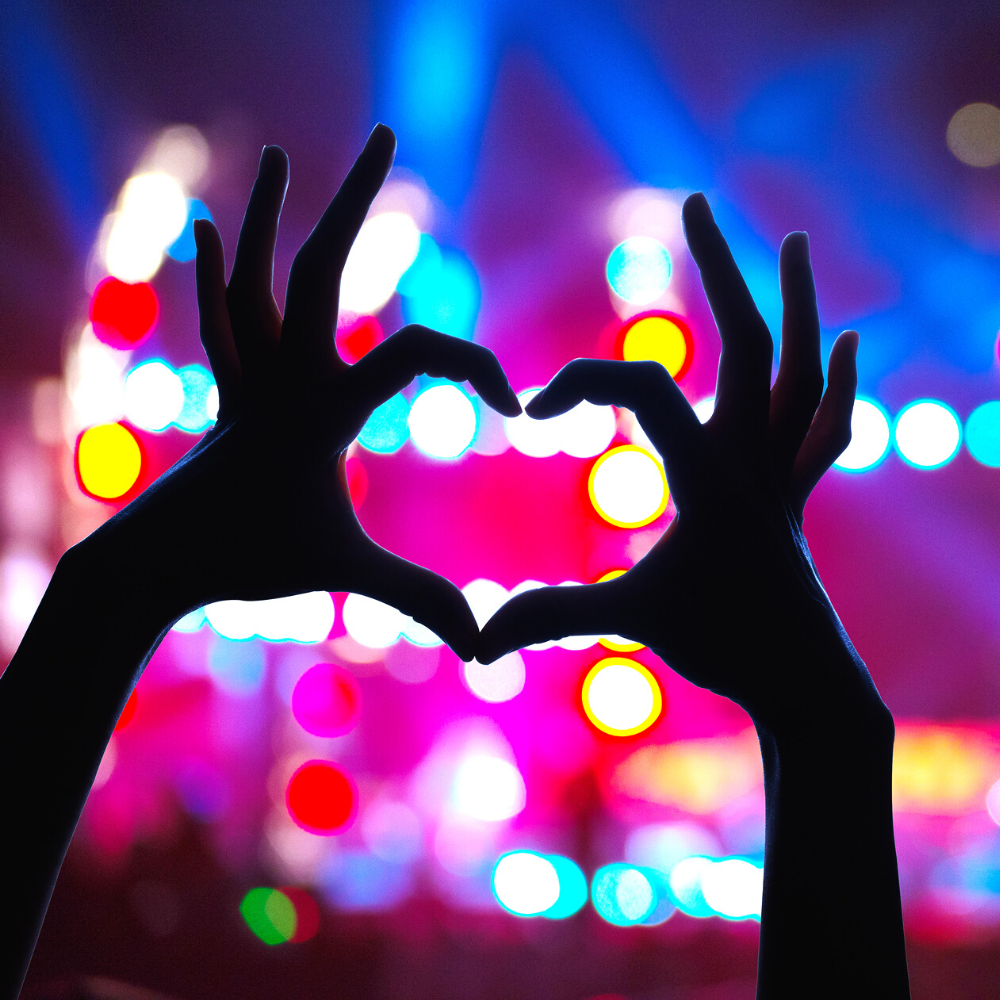


Harnessing Your Unique Cognitive Strengths
As a neurodivergent artist, you may sometimes face challenges that your neurotypical peers do not.
However, it's crucial to recognize that these differences also come with unique gifts and abilities that can be harnessed in the creative process.
Want to tap into your distinctive neural makeup to boost your creativity?
Here are a few tips:
- Identify Your Strengths:
First and foremost, understanding your unique cognitive strengths is key.
If you're not sure what these might be, consider seeking professional guidance or taking a cognitive strengths assessment.
- Leverage Your Strengths:
Once you've identified your strengths, find ways to incorporate them into your creative process.
For instance, if you're an individual with ADHD and thrive in brainstorming sessions, make sure to carve out ample time for idea generation in your schedule.
- Develop Strategies to Manage Challenges:
While neurodiversity brings unique strengths, it can also come with challenges.
It's essential to develop strategies to manage these.
For example, if you're on the autism spectrum and struggle with sensory overload, creating a quiet, distraction-free workspace can help.
- Practice Self-Compassion:
Remember, everyone has strengths and weaknesses.
Don't be hard on yourself if certain tasks feel more challenging.
Instead, celebrate your accomplishments and remember that your neurodiversity adds value to your creative work.
- Collaborate with Others:
Collaboration can be an excellent way to harness your unique perspective while also learning from others.
Seek out opportunities to work with neurodiverse and neurotypical individuals alike, as this can lead to exciting and innovative projects.

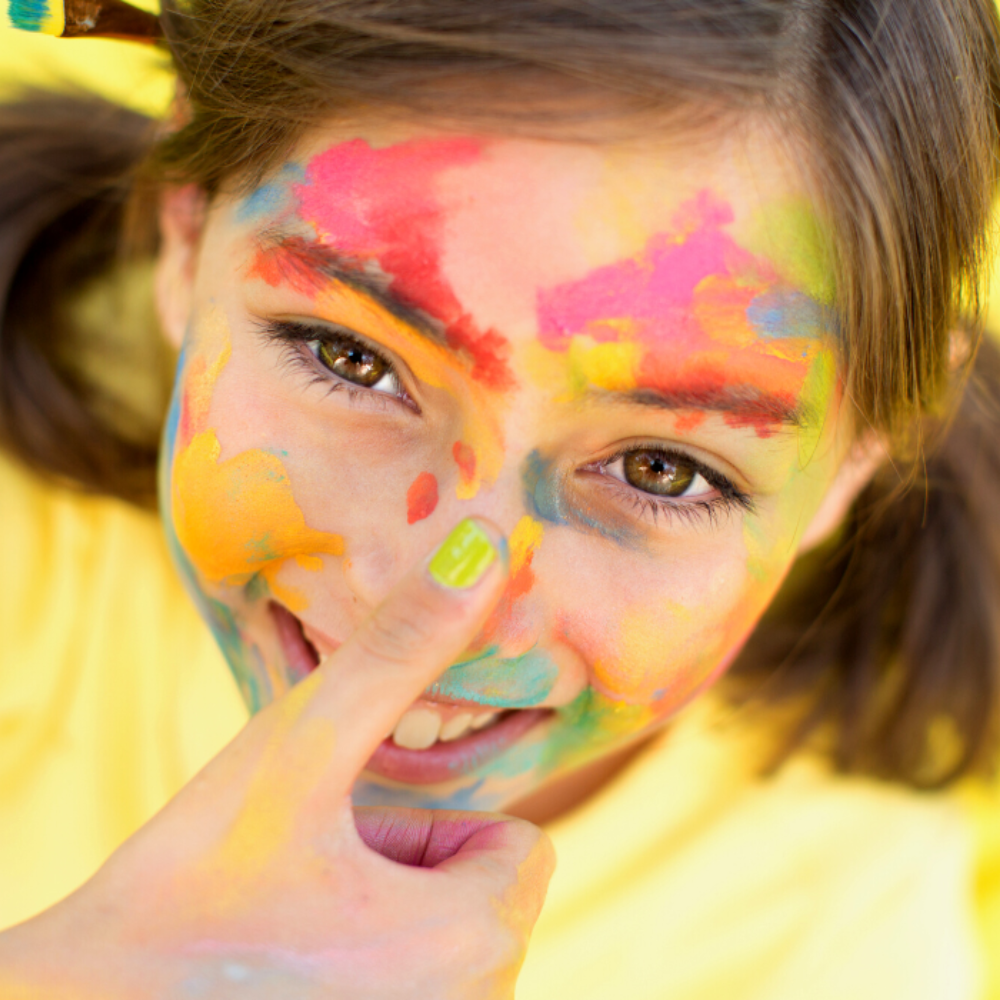

Embracing Neurodiversity for Creativity
Now that we understand what neurodiversity is and how it can impact creativity, let's explore some ways to embrace diversity in our own lives:
- Educate yourself:
The first step to embracing neurodiversity is to educate yourself about it.
Seek out resources, attend webinars or workshops, and engage in conversations with neurodiverse individuals to better understand their experiences.
- Challenge stereotypes:
Unfortunately, there can still be a stigma associated with neurodiversity.
Don't let these stereotypes limit your understanding of what neurodivergents can achieve.
Instead, challenge these preconceived notions and celebrate the unique perspectives that neurodiversity brings.
- Create inclusive spaces:
As a society, we can create more inclusive environments for neurodiverse individuals by promoting acceptance and understanding.
In our workplaces, schools, and communities, let's strive to create spaces where everyone feels welcome and valued regardless of their neurological makeup.
This can lead to a more diverse and creative world for all.
- Advocate for neurodiversity:
It's essential to advocate for the rights of neurodiverse individuals.
This includes advocating for accommodations in schools and workplaces, promoting accessible resources, and challenging discriminatory practices that limit opportunities for neurodivergents.
Neurodiversity is a beautiful and essential aspect of human diversity.
It brings unique perspectives, strengths, and abilities to the table.
By embracing neurodiversity in our own lives and society as a whole, we can foster a more inclusive and creative world for all.
So, let's celebrate neurodiversity and all the beautiful minds that make up our diverse human race!
Remember, whether you're neurodiverse or neurotypical, creativity is not a one-size-fits-all process.
It's about exploring, experimenting, and finding what works best for you.
So, go forth, harness your unique strengths, and add your vibrant colors to our world's creative tapestry!
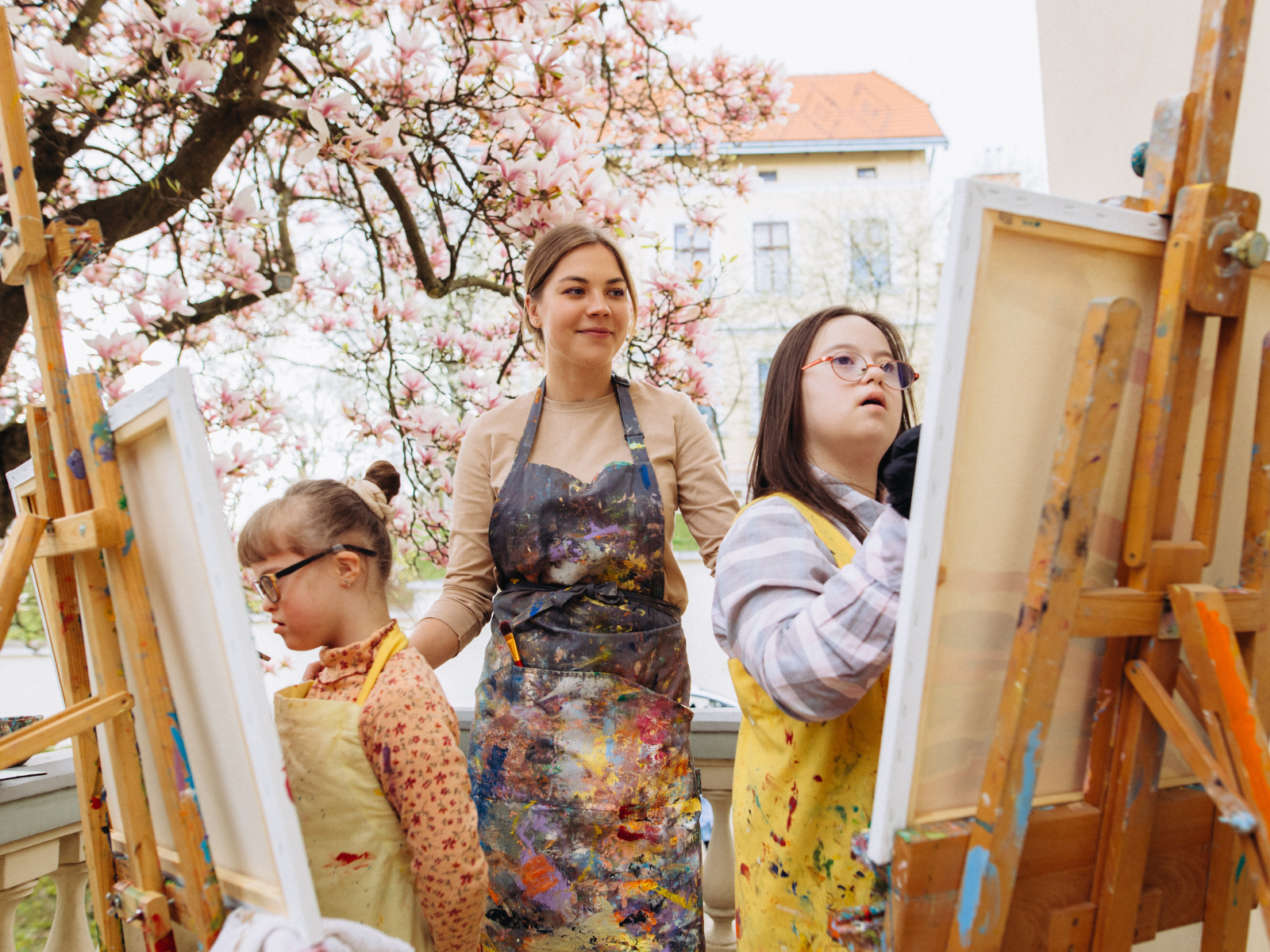
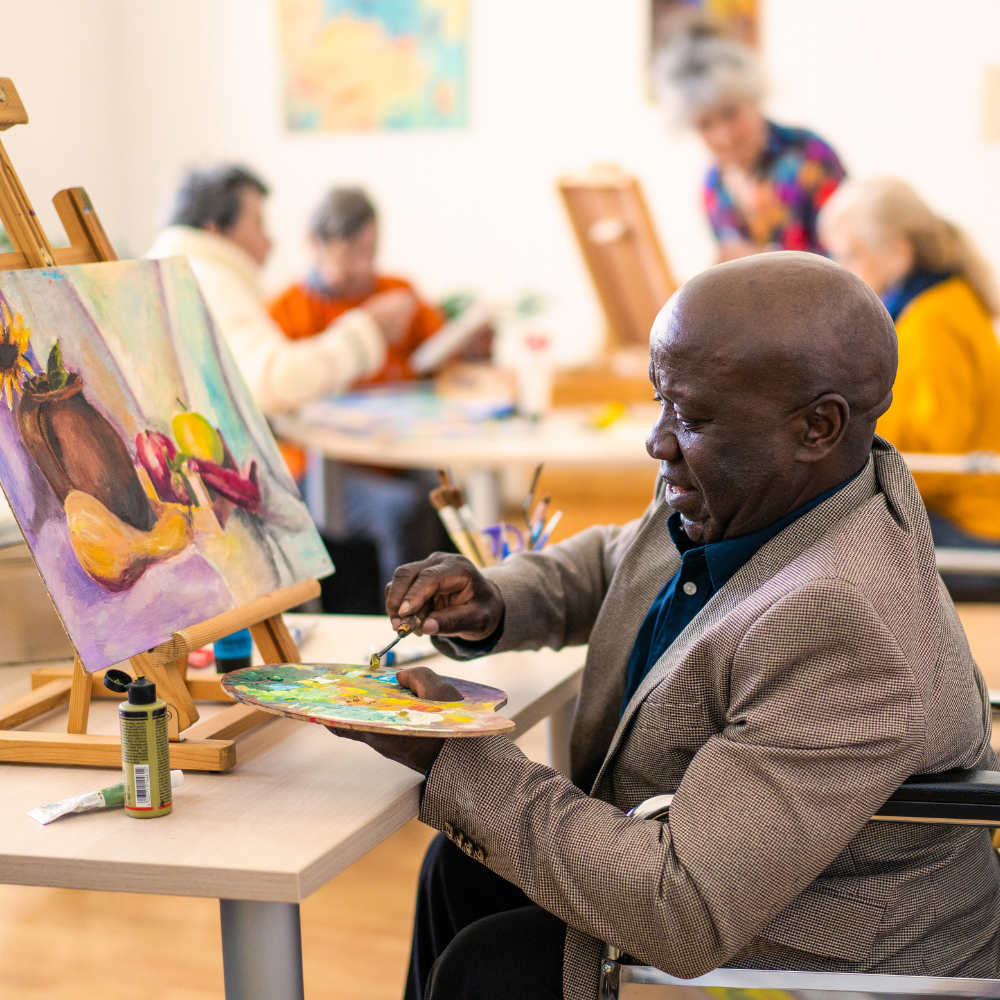

A Symphony of Neurodiverse Creativity
So, there you have it, folks.
Neurodiversity isn't just about challenges—it's also about incredible strengths.
It's about seeing the world from a unique perspective and using that to create, innovate, and inspire.
Being neurodivergent is not a hurdle to creativity; it can be your superpower.
Neurodiversity brings diversity of thought, perspective, and style to the artistic world and enriches it with new and exciting creations.
No matter if you have ADHD, autism, dyslexia, or any other type of neurodiversity, remember that you have unique gifts that can make your art shine.
Take pride in your differences, acknowledge your strengths, and create fearlessly because the world needs your art.
Whether you're neurodiverse or neurotypical, let's keep creating, keep innovating, and keep adding our own unique notes to the symphony of life.
Keep exploring, keep questioning, and remember: your mind is a masterpiece, no matter how it's wired.
Let's celebrate neurodiverse creativity; let's learn from it, be amazed by it, and above all, let's appreciate the beautiful symphony it adds to our world!
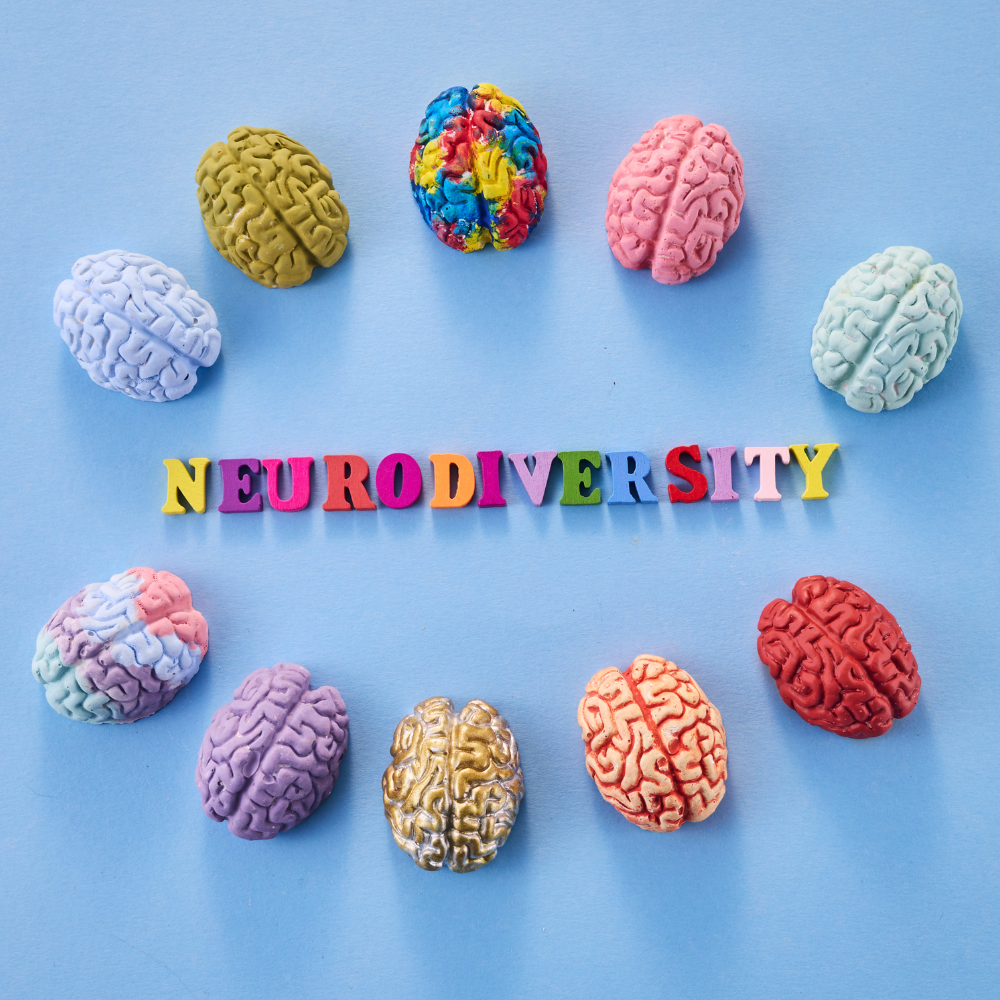
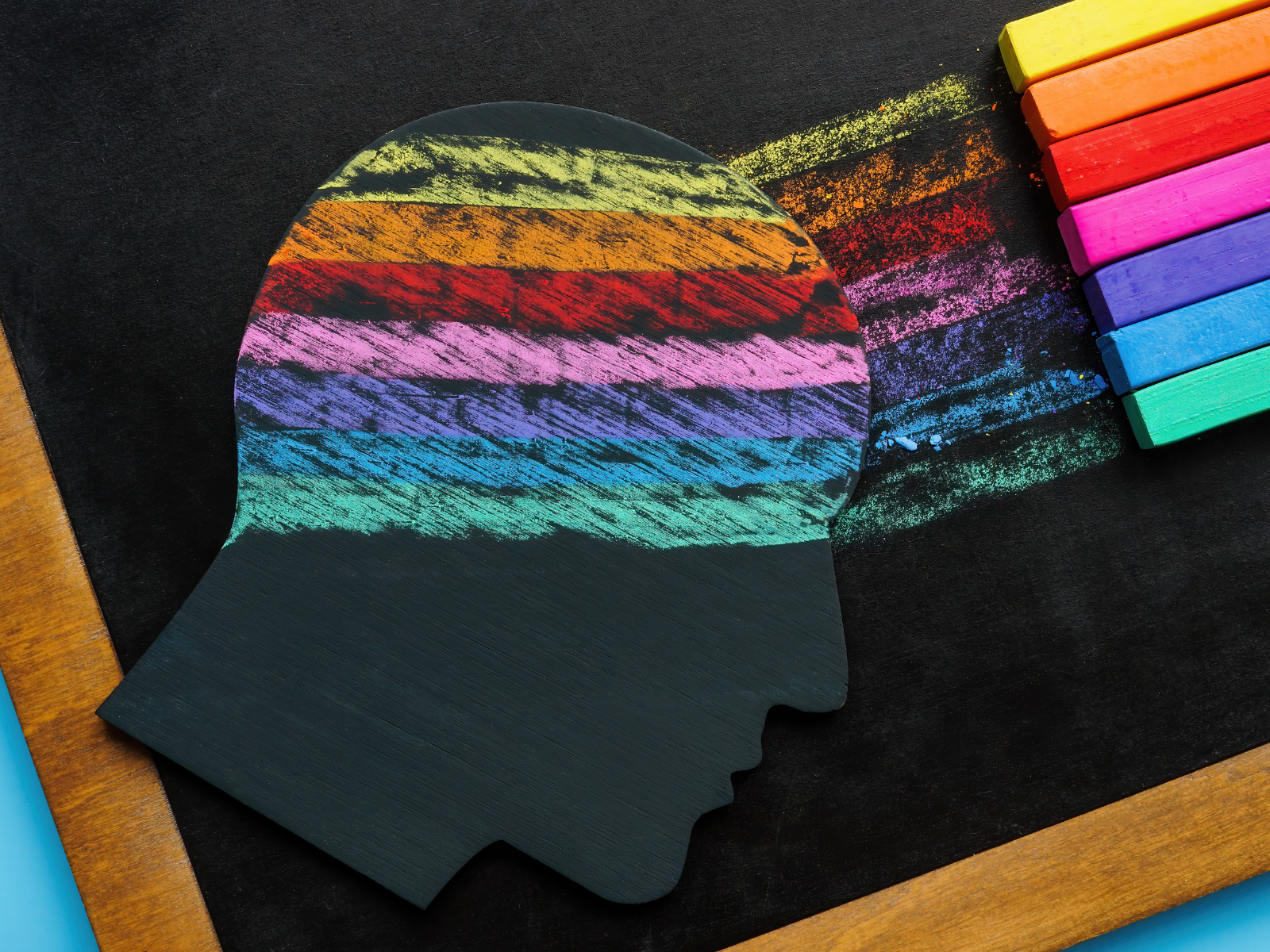
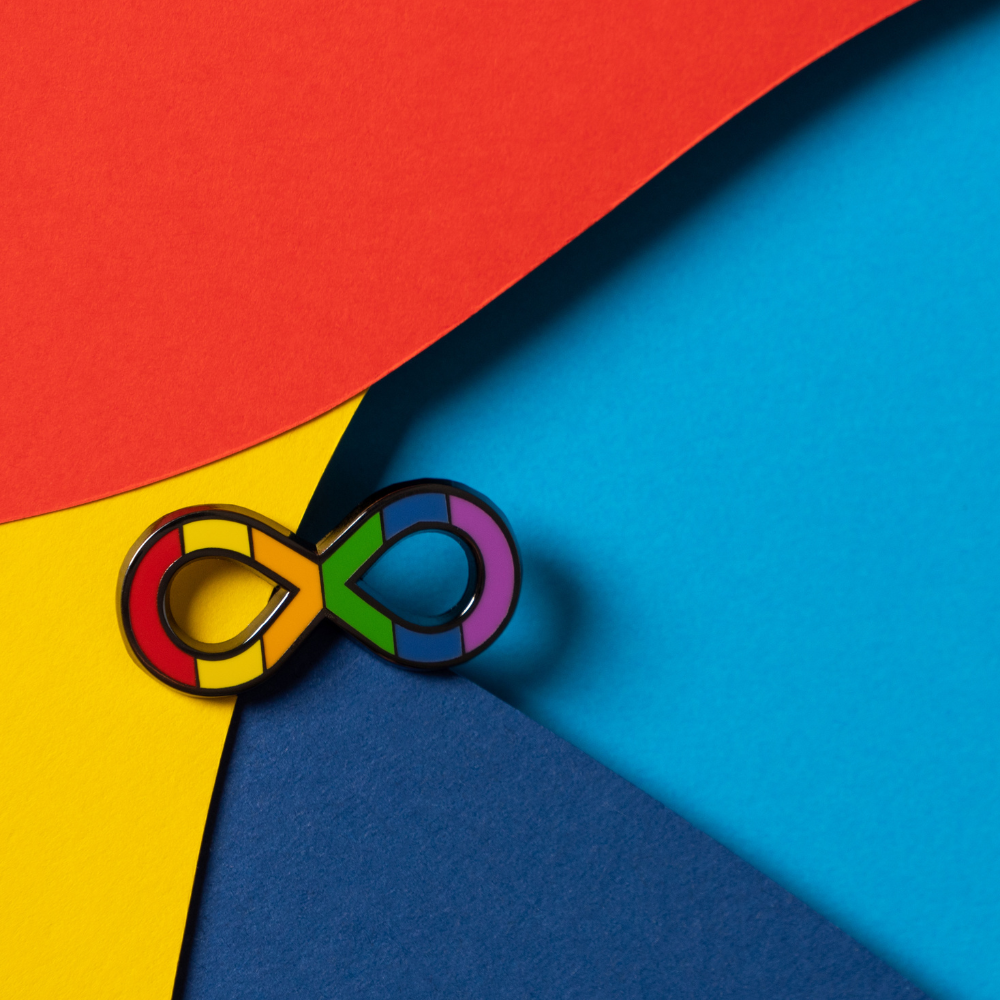
Looking to learn more about neurodiversity? Check out How to ADHD's video!
Want even more content about creativity and art?
Be sure to check out all of our creative chronicles!
Eager to explore your creativity?
Check out some of our other articles:
-Endless creative possibilities
-Self-doubt: enemy to creativity




